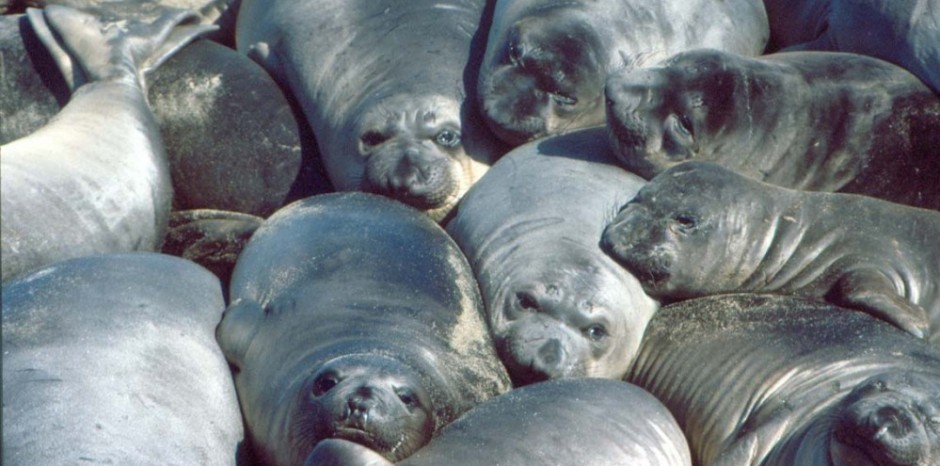The determination of feeding preferences through either direct observation of feeding or the analysis of stomach contents has serious limitations. In recent years there have been a number of studies undertaken using stable isotopes of carbon and nitrogen to determine trophic relationships of a variety of birds and mammals. Since the stable isotope ratio of a consumer reflects its diet, whale tissues analyzed for these ratios have the potential to indicate dietary history. This approach would overcome the temporal biases inherent in stomach content analysis or strict observational evidence and has been used for other cetacean species.
Isotope ratios are determined by the general type of food (original method of carbon fixation, number of trophic levels) that has been incorporated into the animal over the past several weeks or months and it gives a good overall idea of the average diet. With multiple types of food generally available, isotope ratios can indicate, but cannot prove, that a certain type of food was used; they can however, sometimes prove when a food has not been eaten and assimilated. In general, the d13C and d15N values of animals reflect the isotopic values of their diets, even though animals appear to incorporate dietary 15N over 14N. Isotopic analysis of an animal can therefore be used to reconstruct the diet when food sources have different d15N values. Furthermore, the 15N enrichment between trophic levels ranges from 1.3 to 5.3‰, averaging 3.4 ± 1.1‰ irrespective of biochemical differences or differences in habitat. This characteristic elevation in nitrogen isotope ratio is thought to be due to isotopic fractionation associated with catabolic metabolism. This suggests that the d15N of the animal’s body would be a useful parameter in assessing its trophic level in an ecosystem. On the other hand, the d13C values of animal tissue are very close to those in their diet, and only a small increase in 13C content (about 1‰ enrichment) occurs with increasing trophic level. The primary theoretical basis of using d13C as a tracer is that the characteristic ratios of different sources are preserved as the carbon is cycled through organisms and detritus. Consequently, the differences in d13C values have been used for the food habit analysis of animals in an ecosystem.
Since the turnover rate of an isotope in any single tissue is dependent on the tissue’s metabolic rate, measuring the isotopic signature of several tissues from the same individual can provide short-, intermediate-, and long-term dietary information. Analysis of metabolically inactive tissues, such as hair, baleen, teeth, or whiskers, will reflect the diet as it existed during the period of tissue growth, while tissues which are very metabolically active, such as blood, will reflect the signature of the most recent meal. One difficulty in examining isotopic signatures of cetaceans is the lack of knowledge about the turnover rates of any tissues. There is some turnover data available for seals and some basic information on cetaceans, but it is difficult to extrapolate tissue turnover data for other species to cetaceans because of suggestions that cetacean skin has higher turnover rates than other mammals. We have assessed diet-tissue fractionation and turnover times for dolphin and manatee skin.
